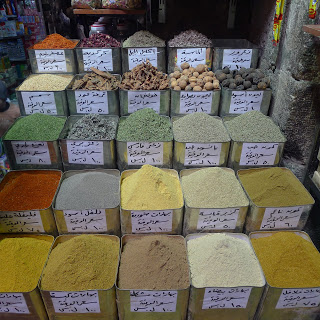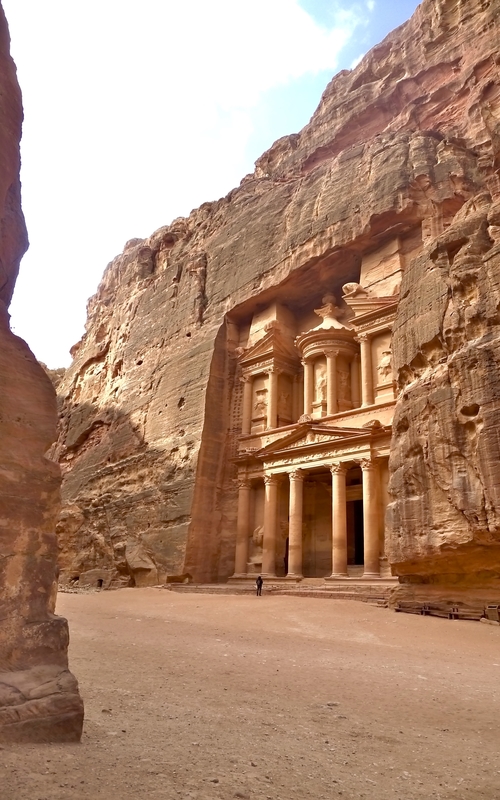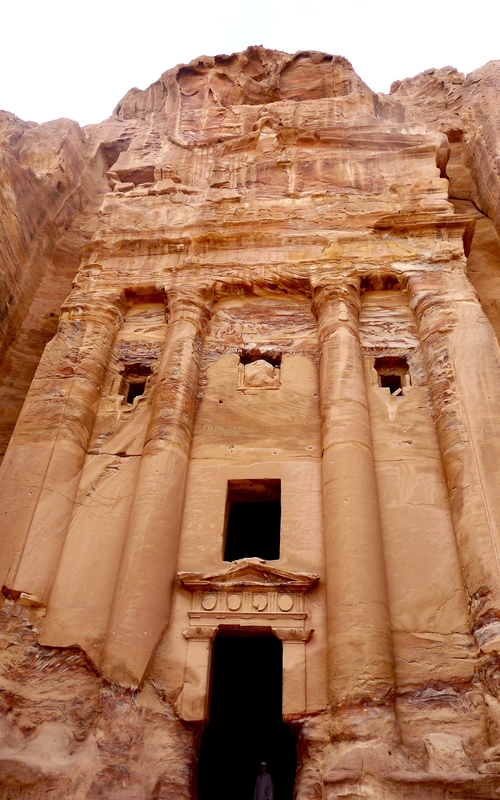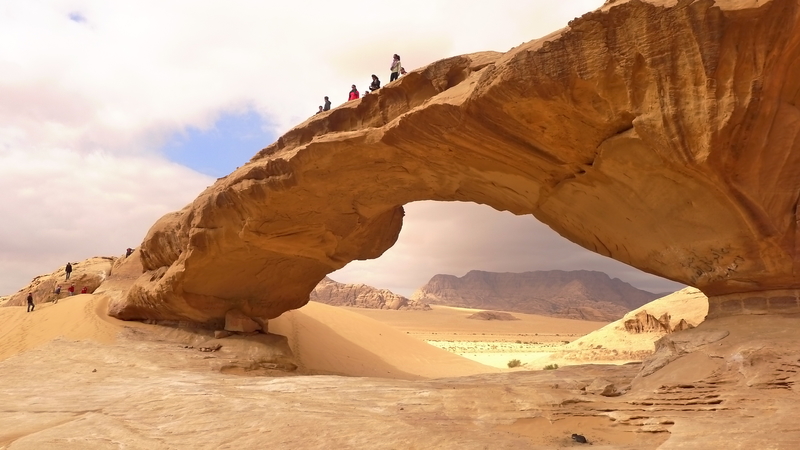
Incredible Places to Visit in Jordan
Jordan is a safe haven in a region of conflict and one of the most accessible countries in the Middle East. Bordered by Syria, Israel, Iraq and Saudi Arabia, the Hashimite Kingdom delights visitors with its World Heritage Sites, while dodging the turmoil that has engulfed its neighbors in all directions.
Jordan has always been a welcoming country. The tolerant nation entices tourists with its ancient marvels, hosts a diverse array of religions and cultures within its borders, and shelters refugees with open arms.
Throughout history, those who passed through Jordan often left relics of their respective cultures. These relics—from Roman ruins, to Crusader castles, to Christian mosaics, to remote desert castles—have withstood the test of time and remain a tribute to the country’s layered past.
TOP PLACES TO VISIT ON A TRIP TO JORDAN
For a country of its size, Jordan has been blessed with a plethora of things to see. These remarkable places to visit in Jordan include UNESCO World Heritage Sites, ancient world wonders and natural marvels.
I spent six months traveling around Jordan during my semester of studying Arabic at the University of Jordan in Amman. During those six months, I became intimately familiar with the country and took every opportunity possible to discover its historical treasures and awe-inspiring landscapes.
THE NABETEAN CITY OF PETRA
If you have limited time to explore Jordan, make sure the rose-hued Nabetean city of Petra is at the top of your list. Petra is the top place to visit in Jordan and the country’s undeniable crown jewel. One of the most incredible relics of human development, Petra’s splendor joins the ranks of Angkor Wat and the Pyramids of Giza.
During our semester in Jordan, my friends and I visited Petra twice. The first time, we saw the city’s treasury at night, illuminated in candlelight. The second time, we returned to the sprawling rose-colored city, for an entire day of hiking, scrambling and sightseeing amid some of the world’s most awe-inspiring ruins.
At night, Petra can only be visited as part of a group tour. I had to book tickets with my hotel and there were about 150 people that made the pilgrimage with me.
The road to Petra follows a narrow canyon called the Siq. During the night visit, lanterns line the Siq and illuminate the treasury. Other than the millions of stars overhead, the small candle-lit lanterns were the only light sources during our visit. Despite the crowds, visiting Petra at night was magical and serene.
The site is no less magical during the day, when sunlight paints the rocks with various shades of orange, yellow and pink. My friends and I scrambled around the site for the entire day, taking in the views and climbing into the ancient dwellings.
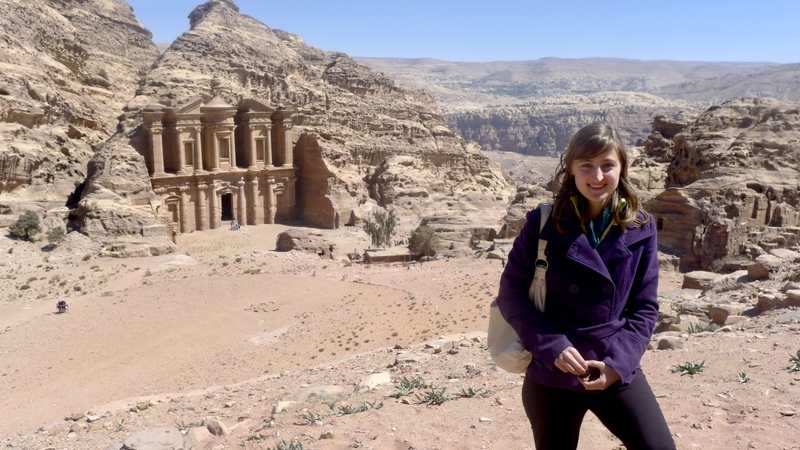
We explored the various areas of the World Heritage site and walked up the mountain to Petra’s impressive monastery. All around us, red and black rock canyons provided us with stunning views of the surrounding landscape.
Visiting Petra costs roughly $70 per day. As residents of Jordan, my friends and I had access to the entire area for less than one dollar. I would have been happy to pay full price regardless. There is simply no price too high for a visit to the rose-hued Nabetean ruins.
THE WINDSWEPT WADI RUM DESERT
Wadi Rum is truly spectacular. The area is characterized by reddish rock formations and low-lying dunes. The spellbinding desertscape is among the most beautiful natural attractions in Jordan and an easy side trip from Petra.
During my trip to Wadi Rum, I felt as though I were staring at a painting. The rocks were a blend of oranges, pinks, purples and reds that changed hues depending on the lighting. The valley floor is home to orange sand and surrounded by narrow canyons that cut deep into the rocky mountains. From every angle, the views were mesmerizing.
I traveled to Wadi Rum for two days with my study abroad program, CIEE. Our two day Wadi Rum itinerary included dune climbing, camel riding and an overnight stay in a bedouin camp.
Though Wadi Rum can easily be visited as a day tour from Petra, spending the night in a desert Bedouin camp is a magical must-have experience.

On our first day in the desert, we rode 4x4s to our Beduin camp. It was a rickety ride, as my 4×4 ended up being a pretty battered pickup truck but, nonetheless, it was great fun and the ride offered spectacular panoramas.
In the evening, we stopped for a bit to watch the sunset, which drenched the surrounding hills in even more dramatic colors. To my delight, the clouds cleared up at nightfall to reveal a ceiling of stars that are among the brightest on Earth.
Visiting Wadi Rum’s dunes and rock formations is like stepping foot in a movie set. With its dramatic and colorful scenery, the windswept Wadi Rum Desert represents the pinnacle of Jordan’s natural beauty.
THE KERAK CASTLE
The Kerak Castle is one of the most famous crusader castles in the Middle East. The castle is one of a long chain of similar fortifications that stretch from Jordan to Turkey. An ancient Crusader stronghold, Karak sits 900m above sea level and lies inside the walls a city that bears its same name.
The castle dominates the city of Kerak. It sits on a hill with spectacular views of the Jordanian countryside.
The Kerak Castle is a legendary icon from the battles between the Crusaders and the Muslim armies led by Salah al Din in the 12th Century.
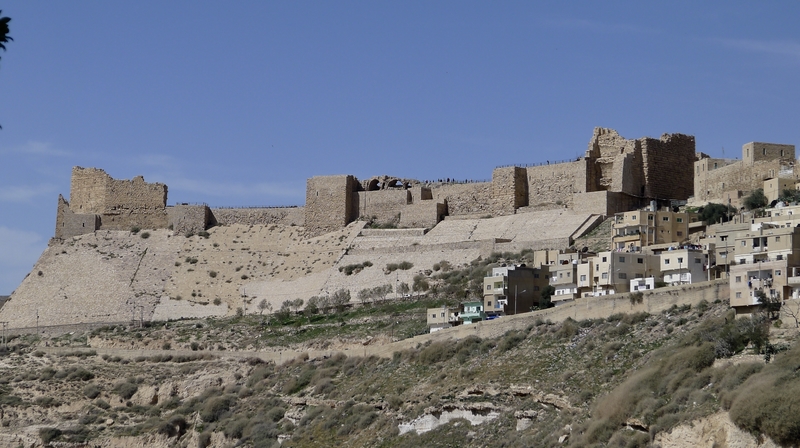
The castle lies two hours South of Amman and can be easily combined with a day trip to the Dead Sea.
I could have spent hours wandering down its many passageways and underground rooms, but since we were visiting the castle as part of a larger tour of the area, we only had about half an hour for a quick whirlwind tour of the complex.
THE DEAD SEA
After visiting the Kerak Castle, my group and I headed out to the Dead Sea—easily one of the top places to visit in Jordan.
The Dead Sea is the lowest point on Earth, at about 1000 ft below sea level. It sits in the middle of an arid landscape and marks part of the border between Jordan and Israel. It is one of the top places to visit in both Jordan and Israel and a popular day trip from Amman, Jerusalem and Tel Aviv.
The Dead Sea has been evaporating rapidly in recent history, and, thus the water is extremely salty. The salt made bathing slightly painful and revealed what seemed to be hundreds of minor cuts all over my body. The edges of the Dead Sea are lined with formations of salt crystals that are beautiful to the eye and painful to the feet.
Beneath the crust of salt, was slick, oozy mud that we sloshed around in and plastered all over our bodies.
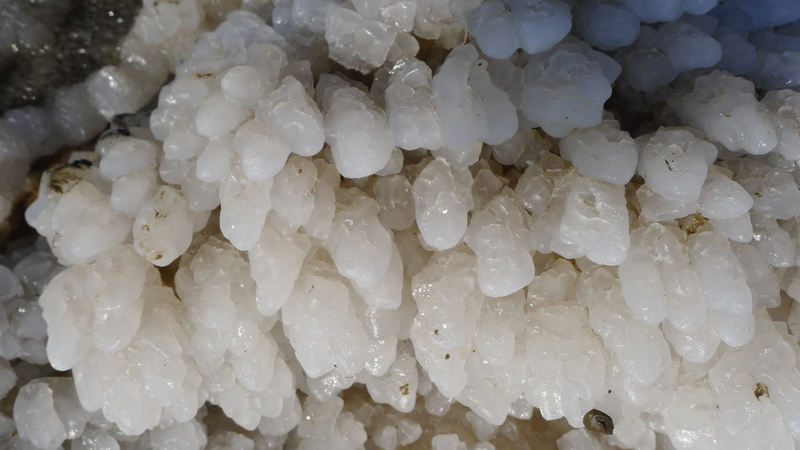
The lake’s 24% salt content is second only to Lake Assal in Djibouti and will keep even the most helpless swimmer afloat with absolutely no effort.
In fact, sinking is impossible. As much as I tried, I was unable to touch my feet to the bottom.
THE RED SEA AT AQABA
Aqaba is one of Jordan’s most popular beach resort towns. The waterfront city lies at the intersection of four different countries—Jordan, Israel, Egypt and Saudi Arabia—making it an ideal stopover place for travelers coming from Israel or Egypt.
The Red Sea at Aqaba has one of the most beautiful coral reefs in the world and is an incredible place to snorkel and scuba dive. Snorkeling in the Red Sea provided me with the chance to swim amongst rainbow-hued coral gardens and thousands of colorful fish.
THE JERASH RUINS
Marked by the imposing Hadrian’s Arch, Jerash was once a Roman city of great wealth. Along with Baalbek in Lebanon and Palmyra in Syria, it is one of the most impressive examples of Roman architecture in the Middle East.
Jerash’s well-preserved ruins make for a popular day trip from Amman.
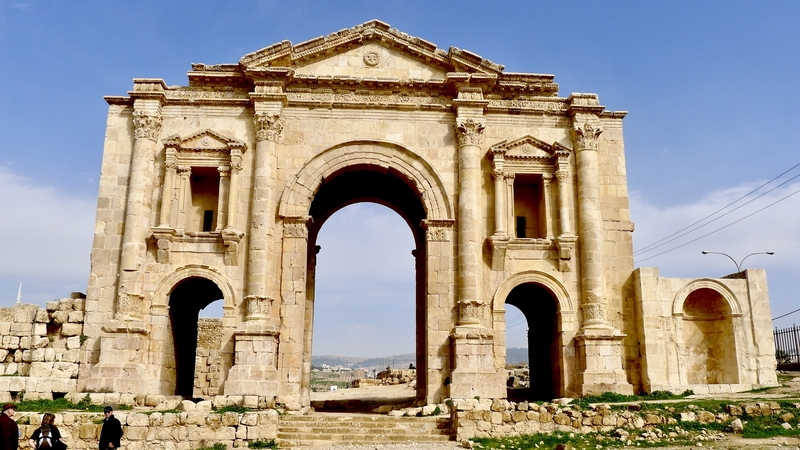
In contrast to the stringent rules that accompany visiting such sites in Europe, we were allowed to explore the ruins of Jerash as we pleased. The atmosphere was quite relaxed. Families spent the afternoon picnicking on the grassy areas between temples and farmers herded sheep in the area.
THE MOSAICS OF MADABA
Madaba is a town about 45 minutes outside Amman and is famous for its old churches with mosaic art. The churches are a striking reminder that, despite the obvious presence of Islam in Jordan, Christianity also has a significant historical presence, too.
Madaba contains a large concentration of churches and Jordan’s most impressive collection of mosaics.
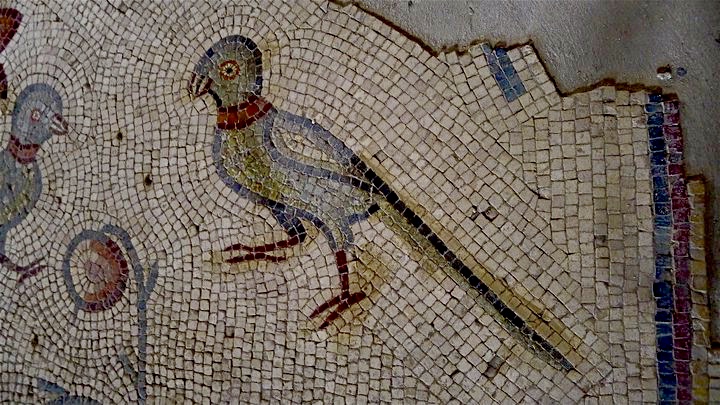
Today, about 30% of Madaba remains Christian, and it is one of the largest Christian strongholds in the country.
HAMMAMET MA’IN
Near Madaba, the Ma’in Hot Springs (Hammamet Ma’In) make for an off-the-beaten-path getaway from Amman. The landscape surrounding the springs is spectacular and rugged, featuring barren mountains that overlook the Dead Sea in the distance.
To reach the springs, we took a winding road that was so beautiful, that we spent about half an hour with the windows rolled down and our eyes glued to the scenery.
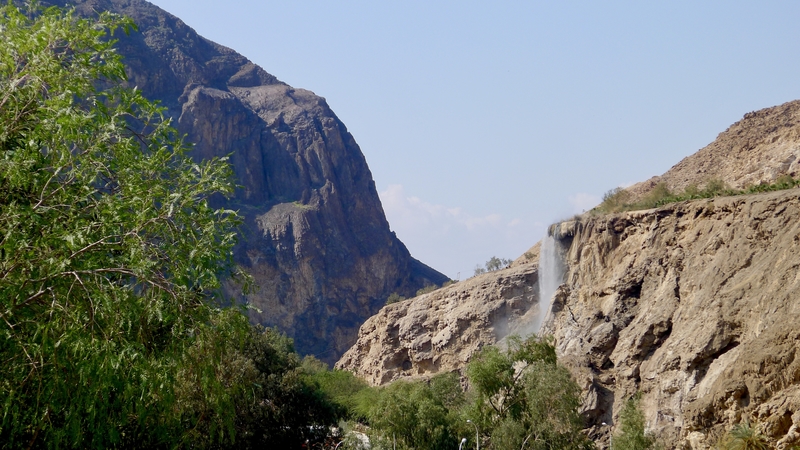
When we arrived at the hot springs, I was amazed. I had expected pools of warm water, but what I saw instead were waterfalls that proved to be the first warm showers with adequate water pressure that I have experienced in Jordan. The waterfalls cascaded into pools that were painted creamy blue by the minerals.
THE DESERT CASTLES OF EASTERN JORDAN
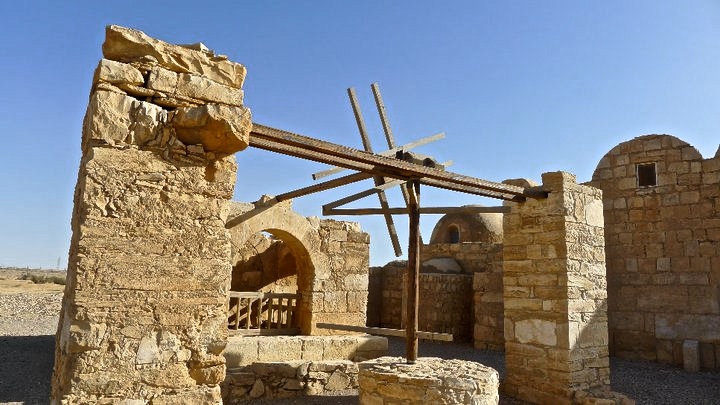
AMMAN: JORDAN’S CAPITAL AND BEATING HEART
Amman may not be love at first sight, but Jordan’s capital and largest city is a safe and comfortable base from which to explore the many places to visit in Jordan.
Amman is really like any other large, modern metropolitan area replete with American food chains and and sand-colored high-rises. It is city where tradition and modernity lay side by side. From the trendy coffeehouses of Rainbow Street to hole-in-the-wall falafel joints, Amman has it all.
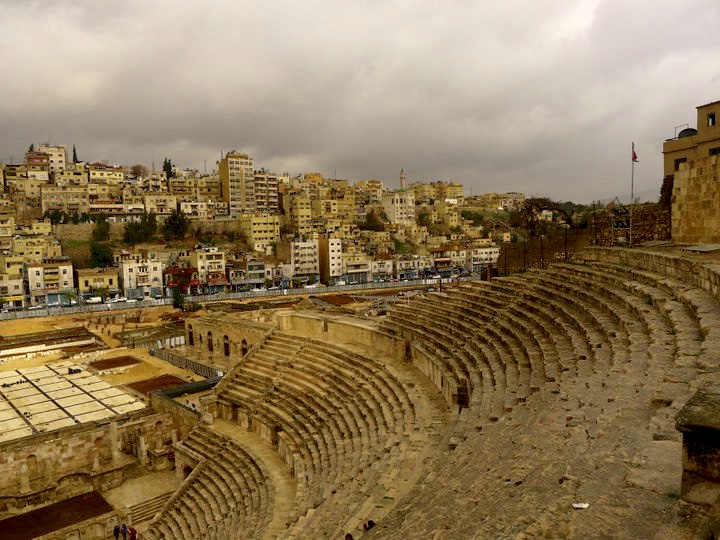
The crown jewel of Amman is the citadel, which sits atop one of the city’s many hills and gives a pretty view over the vast expanse of cream colored houses. The citadel was fortified in 1800 BC and contains Roman and early Islamic ruins.
It is the perfect place to bring a picnic and enjoy the sunset.
****
During the six months I spent in Jordan, I explored many of the country’s top places to visit. This overview of the country’s top attractions is by no means a comprehensive list of all the things to see in Jordan, but it should provide a starting place from which to plan an unforgettable itinerary.
Whether you’re traveling to Jordan as a day trip from Jerusalem, or whether you’re spending half a year in the country (like I did) the peaceful Hashimite Kingdom will ensure you never run out of things to see and do.
And what’s more, the country’s lovely residents will do their best to welcome you with open arms and a genuine Ahlan wa Sahlan.

